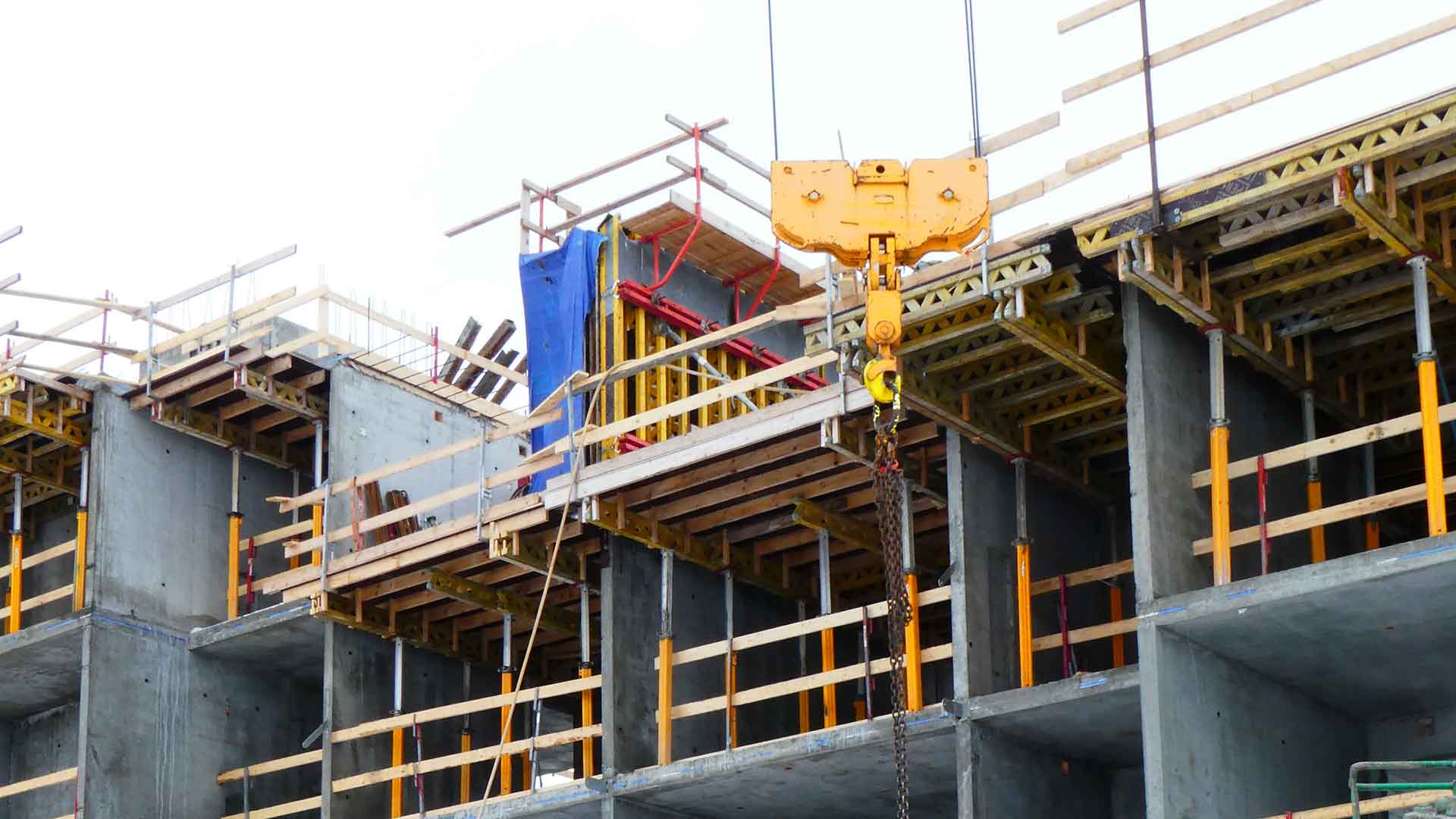Tove Lading, who researches Arctic construction, argues that construction errors make houses less sustainable. As it can be hard to point out mistakes of other people in a small society like Greenland, it can be difficult to learn from and avoid the mistakes in the future.
By Signe Ravn-Højgaard
The Nuuk skyline is characterized by tall cranes, as new houses are being constructed everywhere. It is expensive to construct buildings. But it becomes much more expensive if errors are made – not least in Greenland, where the buildings are exposed to hard Arctic weather that magnify mistakes.
However, only very little research exists in the best way to construct buildings in Arctic conditions. That is why Tove Lading, associate professor at the Technical University of Denmark, together with her colleagues from Danish and Norwegian universities do research in Arctic construction.
“Initially, we though that the quest was to determine the type of construction that would work the best in Arctic conditions. However, this is not where the problem is, as most types of construction work in Arctic conditions, if constructed correctly – that is without errors. Instead, the errors are the problem”, Tove Lading says.



